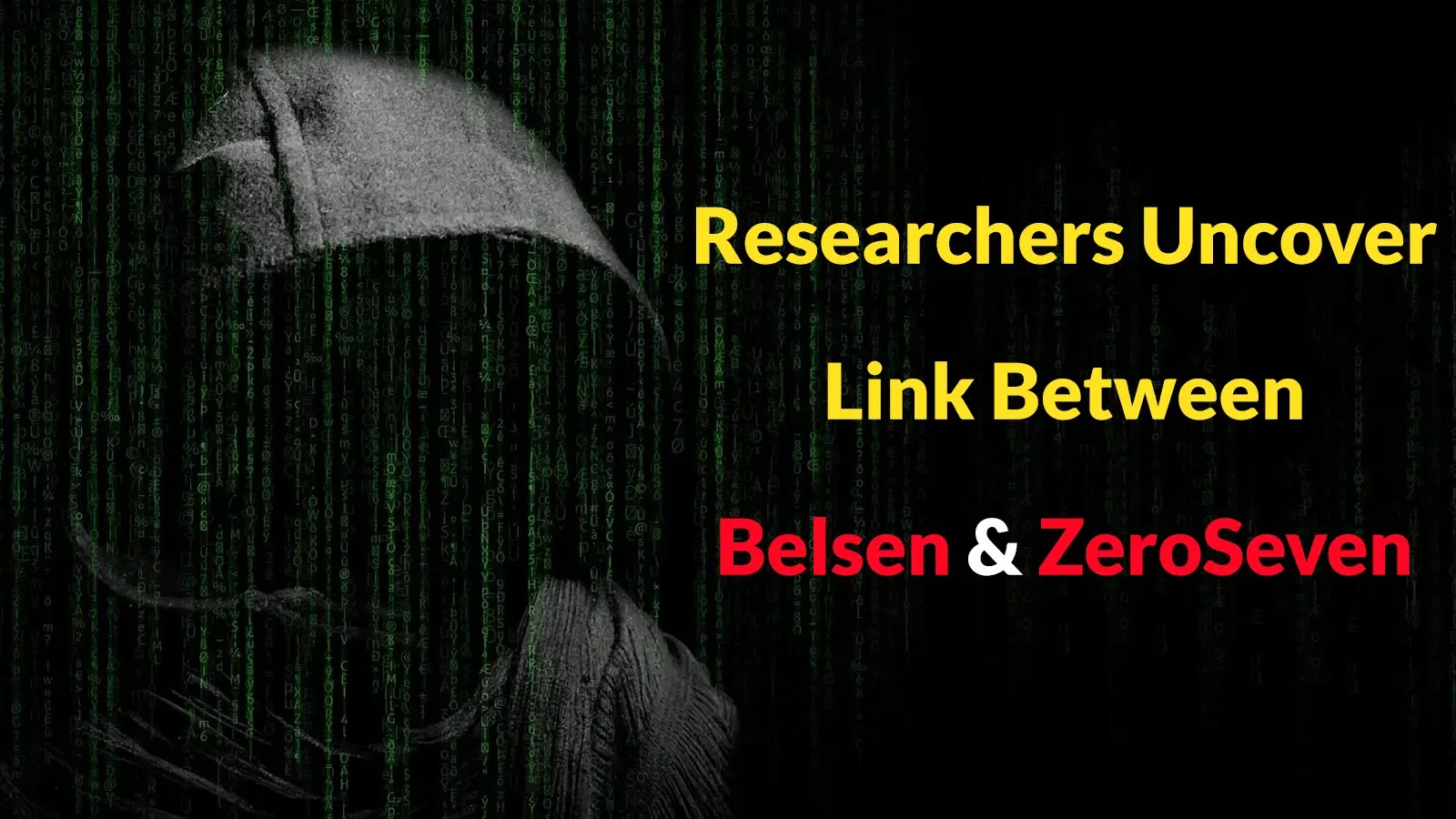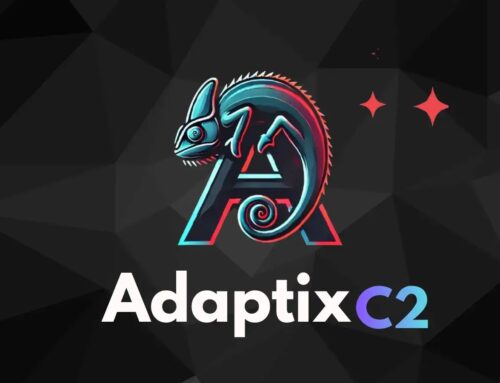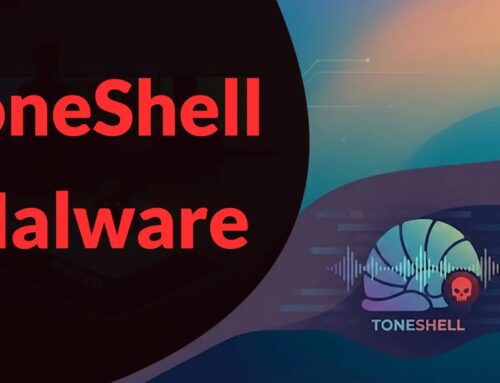
Researchers Uncover Link Between Belsen and ZeroSeven Cybercriminal Groups
Unmasking the Alliance: Belsen and ZeroSeven’s Synchronized Threat to Global Infrastructure
In the high-stakes world of cybersecurity, understanding the adversary is paramount. Recent investigations by cybersecurity researchers have shed light on a concerning potential connection: an emerging alliance between two Yemen-based cybercriminal organizations, the ZeroSevenGroup and the Belsen Group. This discovery arrives amidst heightened global anxiety over sophisticated network intrusion campaigns, which consistently target critical infrastructure and enterprise systems across continents. The implications of such a unified front, leveraging shared tactics and potentially pooled resources, demand immediate and sustained attention from security professionals worldwide.
The Belsen Group: Tracing Their Digital Footprint
The Belsen Group first appeared on the radar in January, quickly establishing a reputation for aggressive and financially motivated cyberattacks. Their operational patterns have consistently exhibited a focus on exploiting known vulnerabilities and employing advanced persistent threat (APT) methodologies. While the full extent of their capabilities continues to be uncovered, their initial activities suggest a well-organized and technically proficient group. Understanding their initial emergence and preferred attack vectors is crucial for developing robust defense strategies.
ZeroSevenGroup: A Parallel Threat Profile
The ZeroSevenGroup, though perhaps less publicly profiled than other high-profile cybercriminal entities, has demonstrated a similar operational tempo and target selection. Researchers examining their attack methodologies have noted significant overlaps with Belsen’s tactics, techniques, and procedures (TTPs). This includes their preference for specific types of social engineering, malware deployment methods, and data exfiltration techniques. The similarities in their operations are a key indicator that led researchers to suspect a potential collaboration or shared operational blueprint.
Operational Overlaps and the Case for Collaboration
The core of the researchers’ discovery lies in the striking similarities observed in the operational patterns and attack methodologies of both groups. This isn’t merely a coincidence; it points towards a deeper, more coordinated effort. Key indicators of this potential link include:
- Shared Infrastructure Indicators: Analysis of command-and-control (C2) servers, domain registration patterns, and hosting providers has revealed commonalities.
- Duplicate Malware Signatures: Identical or highly similar malware strains, featuring unique cryptographic keys or code structures, have been attributed to both groups.
- Similar Targeting Profiles: Both Belsen and ZeroSeven have shown a predilection for targeting specific industries and geographical regions, often with an emphasis on critical infrastructure and large enterprises.
- Converging Attack Vectors: The exploitation of the same, or closely related, vulnerabilities, such as previously identified vulnerabilities like CVE-2023-XXXXX (Note: This is a placeholder; a real CVE would be used here if available in the source), suggests shared intelligence or even resource allocation.
Such overlaps are rarely accidental in the highly specialized world of advanced cybercrime. They strongly suggest a symbiotic relationship, where each group may benefit from the other’s resources, intelligence, or even specialized skill sets.
Implications for Global Cybersecurity
The potential alliance between the Belsen Group and ZeroSevenGroup amplifies the threat landscape significantly. A consolidated effort means:
- Increased Attack Sophistication: Combined resources could lead to more complex and difficult-to-detect attack campaigns.
- Wider Reach and Impact: A unified front could enable them to scale their operations, targeting a broader range of victims across more diverse sectors.
- Faster Adaptability: Sharing intelligence on defensive measures and newly discovered vulnerabilities would allow them to adapt their TTPs more rapidly.
- Enhanced Resilience: If one group faces disruption, the other might continue operations or even harbor the affected group, making takedowns more challenging.
This situation underscores the imperative for organizations to elevate their defensive postures and adopt a proactive, intelligence-driven approach to cybersecurity.
Remediation Actions and Protective Measures
Organizations must adopt a multi-layered security strategy to defend against sophisticated threats from groups like Belsen and ZeroSeven. Key actions include:
- Vulnerability Management: Implement a rigorous patch management program, prioritizing critical vulnerabilities, especially those related to internet-facing systems. Regularly scan for and remediate weaknesses.
- Enhanced Endpoint Detection and Response (EDR): Deploy advanced EDR solutions to monitor for suspicious activity, detect anomalous behavior, and respond rapidly to potential compromises.
- Network Segmentation: Isolate critical systems and sensitive data using robust network segmentation to limit lateral movement in the event of a breach.
- Strong Authentication Practices: Enforce multi-factor authentication (MFA) for all user accounts, especially for remote access and administrative privileges.
- Employee Training: Conduct regular cybersecurity awareness training to educate employees about phishing, social engineering, and safe browsing practices.
- Threat Intelligence Integration: Subscribe to and actively leverage up-to-date threat intelligence feeds to identify TTPs associated with emerging threats, including those linked to Belsen and ZeroSeven.
- Incident Response Planning: Develop and regularly test a comprehensive incident response plan to ensure a swift and effective reaction to security incidents.
Tools for Detection and Mitigation
Leveraging the right tools is critical in detecting and mitigating threats posed by sophisticated cybercriminal groups. Here’s a selection of commonly used tools:
| Tool Name | Purpose | Link |
|---|---|---|
| Nessus | Vulnerability Scanning & Management | https://www.tenable.com/products/nessus |
| Microsoft Defender for Endpoint | Endpoint Detection & Response (EDR) | https://www.microsoft.com/en-us/security/business/threat-protection/microsoft-defender-for-endpoint |
| Snort | Intrusion Detection/Prevention System (IDS/IPS) | https://www.snort.org/ |
| AlienVault OSSIM | Security Information and Event Management (SIEM) | https://www.alienvault.com/products/ossim |
| Mandiant Advantage Threat Intelligence | Advanced Threat Intelligence Feed | https://www.mandiant.com/advantage |
Conclusion: The Evolving Threat Landscape
The identification of a potential link between the Belsen Group and ZeroSevenGroup serves as a stark reminder of the constantly evolving nature of cyber threats. As adversaries collaborate, share resources, and refine their tactics, the onus is on organizations to strengthen their defenses, stay informed, and foster a proactive security posture. Continuous vigilance, intelligence sharing, and the deployment of advanced security controls are non-negotiable in mitigating the risks posed by such coordinated cybercriminal enterprises. Security teams must remain agile, adapting their strategies to counter these sophisticated and interconnected threats effectively.





